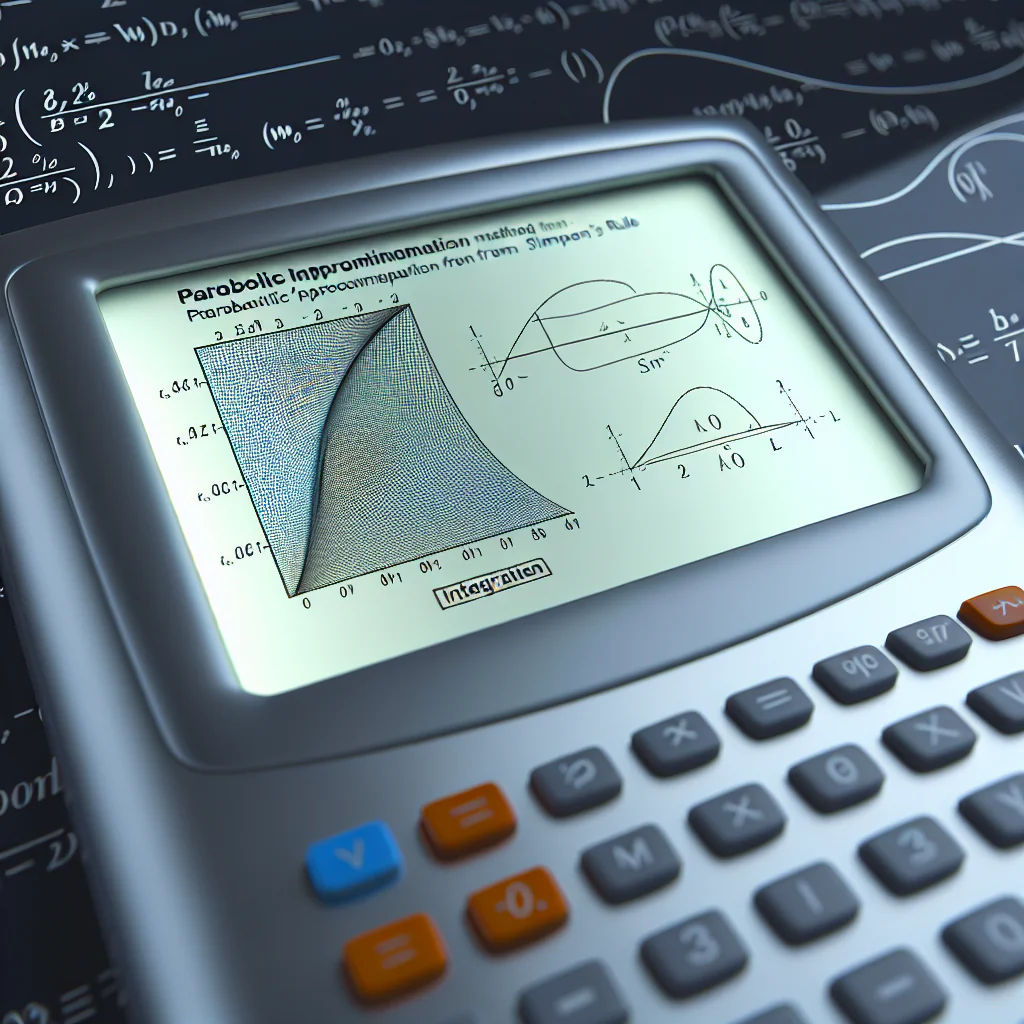Trapezoidal Rule Calculator - Numerical Integration
A trapezoidal rule calculator became my breakthrough moment when developing advanced signal processing algorithms for my computer science thesis. I was working with Fourier transforms of non-standard waveforms, trying to compute integrals that had no closed-form solutions. Manual approximation methods were giving inconsistent results, and my advisor was questioning my computational approach. That's when I implemented a sophisticated numerical integration system and discovered how the trapezoidal method could provide the precision needed for publication-quality research.
This advanced numerical tool represents one of the most reliable methods for approximating definite integrals through systematic geometric approximation. By utilizing trapezoidal areas instead of rectangular approximations, this mathematical utility achieves superior accuracy while maintaining computational efficiency, making it essential for scientific computing and engineering analysis.

How Do You Use the Trapezoidal Rule Calculator?
Trapezoidal Rule Calculator: How It Works
Using our advanced numerical integration tool requires understanding the mathematical principles underlying trapezoidal approximation. Begin by entering your function f(x) using proper mathematical notation - the system supports polynomial, trigonometric, exponential, and logarithmic functions. Define your integration interval by specifying the lower bound (a) and upper bound (b), then select the number of subintervals n based on your precision requirements. Higher values of n yield more accurate results but require additional computational resources.
The computational engine automatically divides your interval into n equal subintervals of width Δx = (b-a)/n, then applies the trapezoidal formula T = (Δx/2)[f(x₀) + 2f(x₁) + 2f(x₂) + ... + 2f(xₙ₋₁) + f(xₙ)]. This algorithm ensures optimal balance between accuracy and computational efficiency for most practical applications.
What are the Key Features of Our Advanced Integration System?
Our sophisticated computational framework incorporates state-of-the-art numerical algorithms designed for maximum precision and educational transparency.
- Algorithm Visualization: Complete trapezoidal breakdown showing individual area calculations and cumulative approximation convergence.
- Precision Control: Variable subinterval density from 1 to 1000 divisions for adaptive accuracy requirements in scientific computing.
- Mathematical Rigor: Formula derivation display with complete coefficient weighting and boundary condition handling.
- Computational Efficiency: Optimized algorithms that scale linearly with interval density for large-scale numerical analysis.
What are the Main Applications of This Numerical Algorithm?
This sophisticated mathematical tool serves critical functions in advanced computational science and engineering applications requiring high-precision numerical integration.
⚙️How Does This Tool Excel in Advanced Engineering?
Critical for computational fluid dynamics, finite element analysis, and signal processing applications where analytical solutions are intractable. For standard integration problems, our integral calculator provides exact symbolic solutions, but when analyzing heat transfer in complex geometries, engineers might integrate temperature distributions over irregular boundaries using 500 trapezoids across a 2.5-meter domain. The trapezoidal rule calculator provides the computational precision required for professional-grade engineering simulations and design validation.
🔬Is This Numerical Method Essential for Advanced Students?
Fundamental for numerical analysis, computational mathematics, and scientific computing courses at the graduate level. While basic methods like our riemann sum calculator provide foundational understanding, advanced students use the trapezoidal rule calculator to understand convergence theory, error analysis, and algorithm optimization. The systematic approach to numerical integration provides deep insights into computational mathematics. For theoretical foundations, resources like MIT's Numerical Analysis course complement practical algorithmic implementation with rigorous mathematical theory.
💻Why is This Algorithm Important for Scientific Computing?
Essential for research applications involving experimental data integration, Monte Carlo simulations, and machine learning algorithms. Scientists processing spectroscopic data often need to integrate absorption curves over wavelength ranges using 1000 intervals across a 400-nanometer spectrum. The precision and reliability of our mathematical utility ensures research-grade accuracy for peer-reviewed publications and grant applications.
What is the Mathematical Theory Behind Trapezoidal Integration?
The trapezoidal rule derives from linear interpolation theory and provides second-order convergence for smooth functions. This numerical algorithm approximates the integral by connecting consecutive function values with straight lines, creating trapezoids whose areas sum to approximate the definite integral.
The error bound for this computational method is proportional to (b-a)³h²f''(ξ)/12, where h is the step size and f''(ξ) represents the second derivative at some point ξ in the interval. For even higher accuracy with fewer intervals, our simpson's rule calculator provides fourth-order convergence through quadratic approximation. This theoretical foundation ensures that doubling the number of subintervals reduces the error by approximately a factor of four, making the trapezoidal rule calculator highly efficient for achieving specified precision levels.
The method's stability and convergence properties make it particularly suitable for automated computational systems where reliability and predictable behavior are essential for scientific and engineering applications.
About the Author
Why Choose This Advanced Integration Calculator?
Our trapezoidal rule calculator represents the pinnacle of numerical integration tools, combining mathematical rigor with computational efficiency. The algorithm's proven convergence properties and error analysis capabilities make it indispensable for serious scientific computing and advanced mathematical analysis. Whether you're conducting graduate research or developing professional-grade simulations, this sophisticated mathematical utility delivers the precision and reliability demanded by cutting-edge applications. Bookmark this resource and experience how advanced numerical methods can elevate your computational capabilities to research-grade standards.
Trapezoidal Rule Calculator – Related Tools & Guides
Explore more in Calculus & Analysis Calculators · Numerical-Methods.



